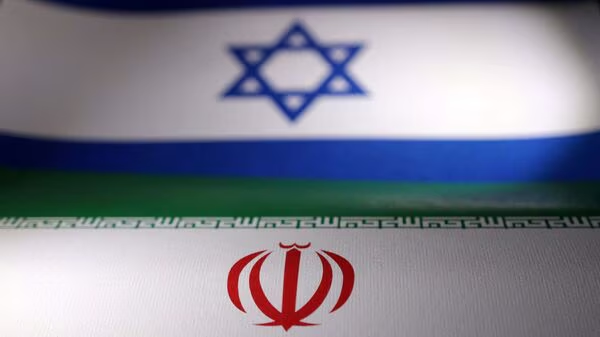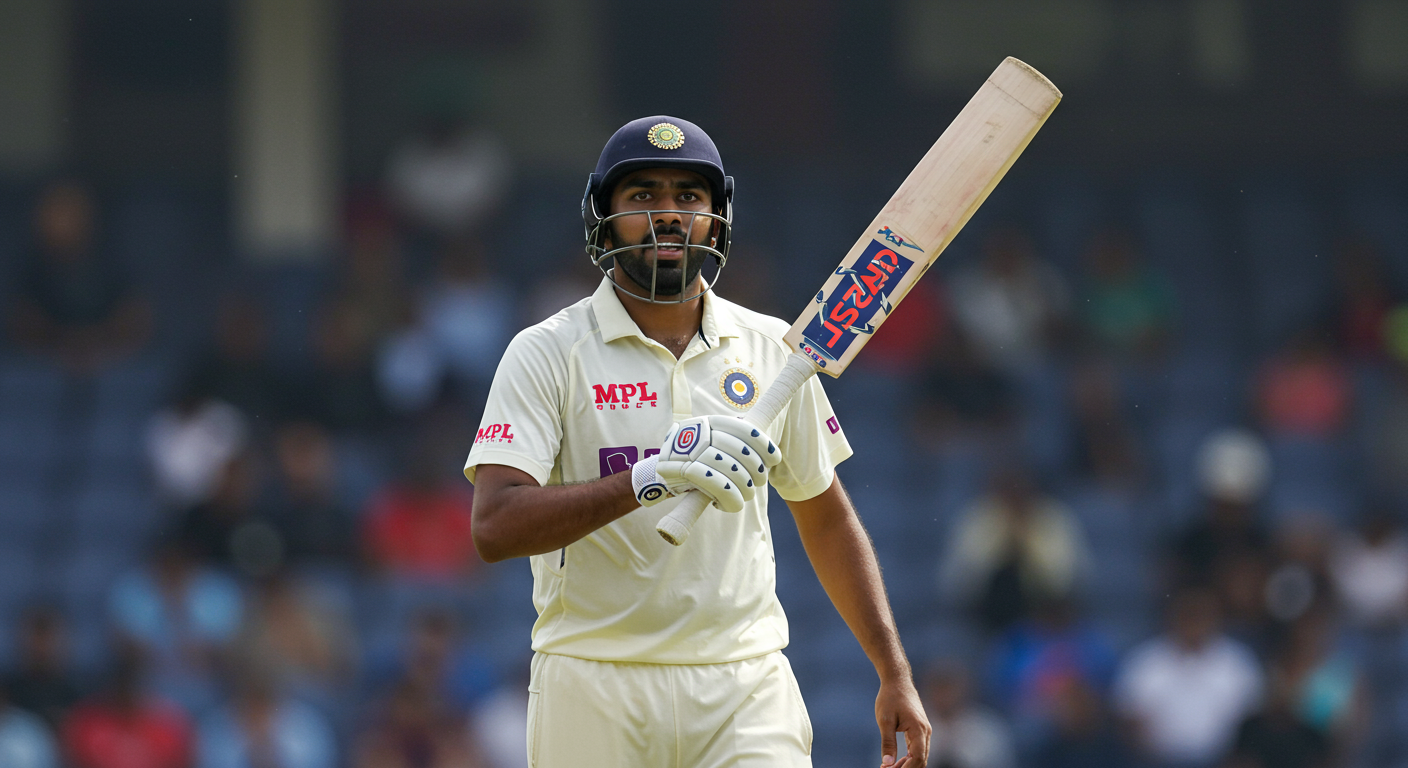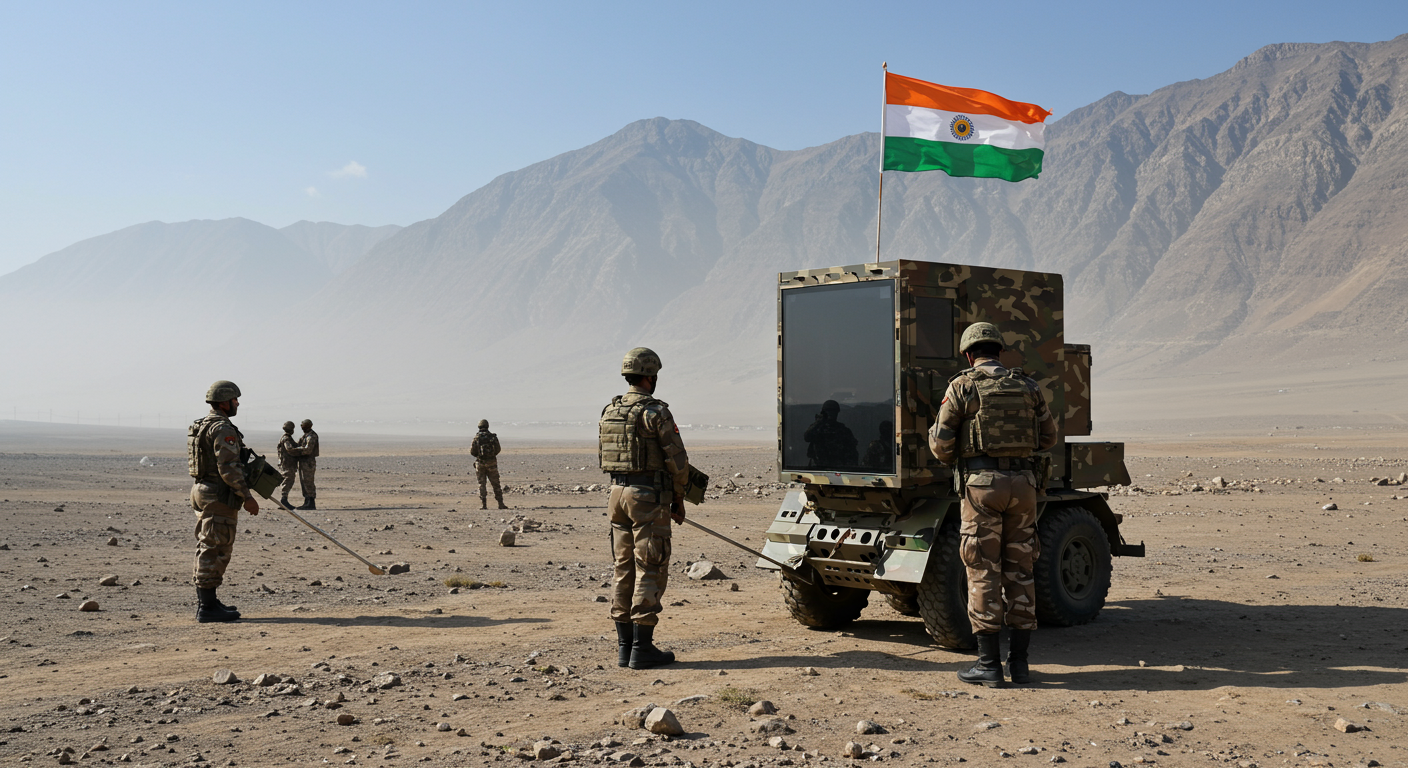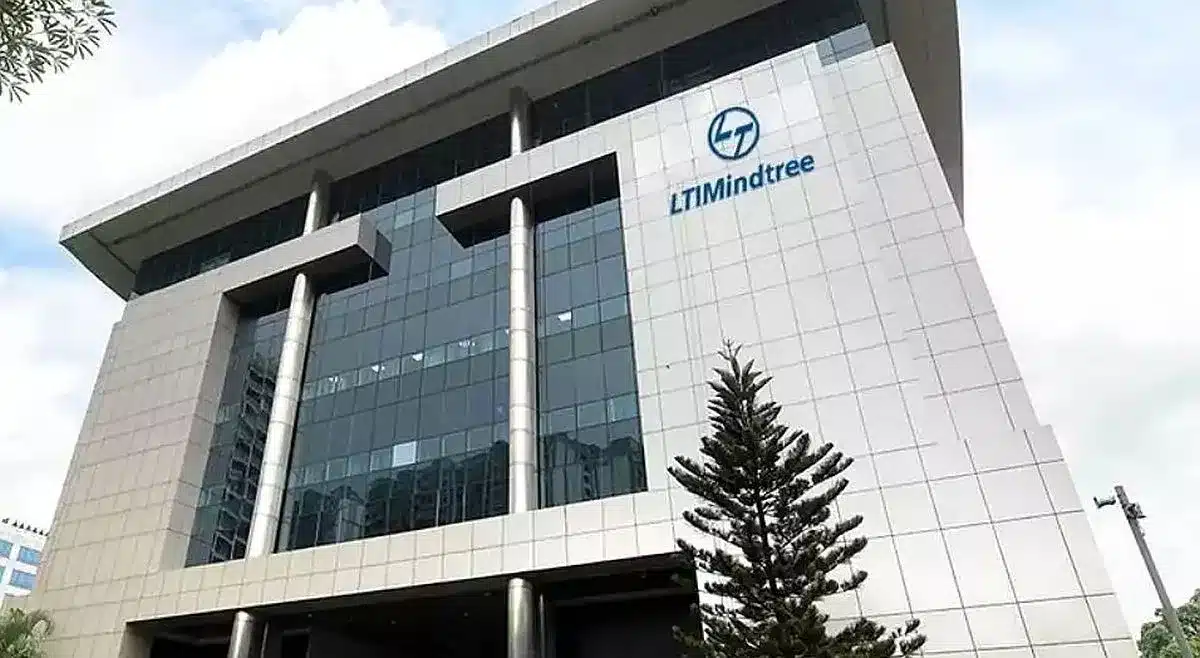How Israel’s Stock Market Hit a 52-Week High Amid Iran’s Missile Strike
- Abhishek

On June 19, 2025, Israel experienced an extraordinary moment in financial history: its stock market surged to a 52-week high—despite Iran reportedly firing 25 missiles at Israel and causing damage to the Tel Aviv Stock Exchange (TASE) building . This seeming paradox of conflict and confidence is both fascinating and revealing, painting a story of economic resilience, investor conviction, and strategic national messaging.
The Numbers That Tell the Story
-
The TASE All Share Index rose about 0.5%, closing at 2,574.89 .
-
-
TA‑35 hit 2,811.70 (+0.20%) .
-
TA‑125 marked a fresh high of 2,850.08 .
Key segments climbed to new year-long highs:
-
-
The broader rally—about 5% month-to-date in June, with an additional 6.6% climb in May and 4.5% in April—underscored sustained strength .
Why Investors Shrugged Off Missiles
1. Confidence Amid Conflict
Investors displayed conviction that Israel’s economy wouldn’t buckle under missile fire—a view echoed by economists who noted trading reflected expectations around conflict duration and outcome .
2. Economic Resilience Messaging
Leaders like Finance Minister Bezalel Smotrich and Defence Minister Israel Katz stressed a firm economic front: reopening the economy and easing wartime measures to reinforce a message of strength and normalcy .
3. Liquidity, Not Panic
A senior Treasury official emphasized ample domestic cash inflows and a resilient shekel–dollar rate—indicators that markets were stable, not spooked .
4. Smart Money Looking Beyond Short-Term Risk
Investors appeared to be pricing in potential long-term strategic upside—like a rollback of Iran’s nuclear ambitions—while downplaying immediate geopolitical risk .
The Broader Conflict and Economic Ripple Effects
-
The missile attack—part of the seventh day of this conflict—damaged several sites, including a hospital in Beersheba and the TASE building itself .
-
Israel’s default defense—Iron Dome and interceptor systems—continued shielding civilian areas, although at significant cost per missile .
-
On June 16, the Israeli shekel jumped over 3.6% in reaction to Israel’s strike on Iranian nuclear sites, another nod to market faith .
How the Global Picture Adds Up
Even as Israel’s local market climbed, global equities softened:
-
Asian stock indices dropped (Hang Seng down ~2%, Taiwan ~1.5%), weighed by fear of escalation .
-
European shares lost ground, with STOXX 600 set for one of its worst weekly drops since earlier tariff tensions .
-
U.S. markets went slow due to the Juneteenth holiday, but futures reflected a cautious tone .
Oddly, Israel’s market has benefitted from this divergence—domestic strength in a shaky global climate.
What It Means: Insight for Global Investors
1. Local resilience can shine through global unrest
Israel shows that national market sentiment can hold fast, even when conflict strikes home.
2. Strategic narratives fuel investor confidence
Clear messaging from leaders about continuity and economic discipline matters more than ever.
3. Context and duration matter
Short-term shocks won’t move markets profoundly unless investors expect prolonged disruption—or a contested outcome.
Looking Ahead: Watch These Triggers
-
Conflict trajectory: Escalation or de-escalation (especially U.S. involvement) will heavily influence investor behavior .
-
Defense costs and resource strain: Spending on interceptors, reconstruction, and prolonged military action can constrain fiscal flexibility .
-
Global markets & oil trends: Continued volatility tied to oil supply concerns, trade flow fears, and Western monetary outlooks may shift sentiment .
-
Diplomatic breakthroughs: Any sign of Iran-Israel de-escalation could spark a rally abroad, potentially narrowing the divergence between Israel and global peers .
Final Take
Israel’s stock market rally to a 52-week high on June 19 is more than a surprising data point—it’s a testament to economic nerves of steel. Investors treated missile threats as noise, not signal, banking instead on strategic clarity, strong fiscal foundations, and resilient defense structures. For global watchers, it’s a case study in how local conviction can defy global uncertainty—at least for now.








